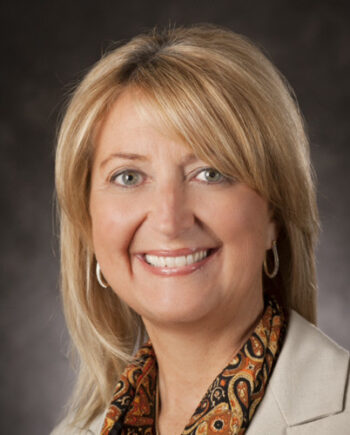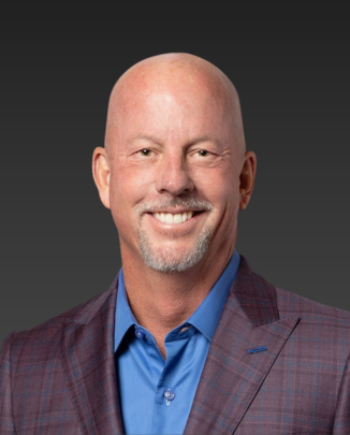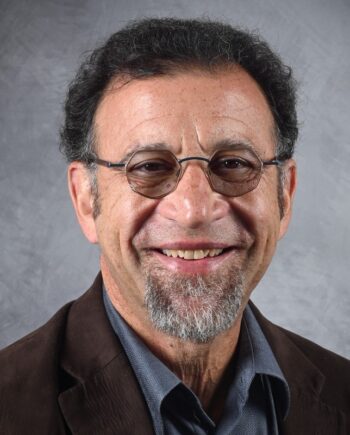
From an electronics giant founded in 1891, Philips has successfully morphed into a global health tech solutions company, a market leader in imaging and innovation. Though the process was long, laborious, and costly, the company’s transformation and pivot to healthcare proved to be its saving grace. Today, Philips is committed to delivering healthcare while ensuring improvement in the health and lives of billions of people.
In my interview with Jeroen Tas CEO of Philips Connected Care and Health Informatics, he mentioned quadruple aim as the answer in how Philips adds value to the healthcare ecosystem.
Quadruple Aim is a recent idea adopted from the Triple Aim framework introduced by the Institute for Healthcare Improvement (IHI) in 2007. The goal of the Triple A framework is to “improve the patient care experience, improve the health of a population, and reduce per capita health care costs” (http://www.ihi.org/Engage/Initiatives/TripleAim/Pages/default.aspx)
While this framework has been great helping the health system, many health professionals feel that it needs one more aspect. Adding
‘improved clinical experience’ to the three phases completes the Quadruple Aim, the aim that Philips is working for.
For each innovation or proposition, a series of questions will be asked.
Jeroen shared the four questions that address the needs of the quadruple aim.
These are:
Each question is directed towards an area of the quadruple aim.
The first one evaluates if a proposition or innovation aims to enhance the quality of care patients receive. The second one seeks to know if the proposition presented aims at improving the health of the individual and the overall population. The third one aims to discover if the idea or innovation presented will improve the patient experience while keeping costs down. The fourth question asks if the innovation will also help the primary caregiver or health care professional, or will it lead to burnout.
Jeroen stresses that one-way Philips is contributing to the health space is by looking at things differently. He explained, “I can take something as simple as an MRI. Everybody knows that taking an image in an MRI is not a very pleasant experience because you’re in the machine for 20 minutes, sometimes 25 minutes. It’s very noisy, so we started looking at it differently. So, can we use technology to reduce the time you spent in an MRI? And we started applying artificial intelligence to that.”
By looking at things from a different perspective, or perhaps just even thinking of ways to improve the patient experience, Jeroen and his team at Philips are discovering innovations that can improve health and the patient’s quality of life.
He shared that Philips is ready to launch a proposition that reduces scan time by 30% to 50%. Where other companies might have stopped, the Connected Care and Health Informatics do not. Jeroen and his team are always looking for ways to work on the quadruple aim.
He stresses, “But that’s not enough. That’s already a major step, but what if the mission team adjusts to the patient? Because right now the patient must breathe in a certain way to get the right image. So, we put in that camera and we detect the breathing patterns of the patient and we take the image at the right time. So, the machine adjusted the patient. What if we can give them a virtual reality experience that gives them a wide-open space instead of a confined space? What if we can use artificial intelligence to help people set re-do setup times and find the right protocols? What if we can use artificial intelligence to not only help reconstruct but also detect the disease only on the image?”
Improving all these aspects can lead to better patient screening and shorter time in the MRI, which makes for an improved experience for both the technician and the radiologist while offering more efficient time— all covering the quadruple aim framework.
Jeroen does not only focus on understanding the patient’s experience. He affirms that there is a correlation in all four aspects of the quadruple aim.
“There is a correlation. Obviously, the better the experience for the professional. They have the right information to do with the right tools. Therefore, they can make the best diagnosis, select the proper treatments, and we can guide the patient in the treatment. It all will lead to better outcomes and at lower costs.” Jeroen stresses.
In 2012, Philips set a goal to improve the personal wellbeing of as many individuals as possible — three billion to be exact.
In 2017, it extends its commitment to improving the lives of 300 million people in underserved healthcare communities by 2025. (https://www.philips.com/a-w/about/news/archive/blogs/innovation-matters/making-life-better-for-billions.html)
It’s 2020 and Philips is still setting the bar high in terms of goals. Jeroen said, “We set ourselves higher goals. We basically said we’re going to be a health-tech company where we’re going to embrace the consumer side as well as the professional side, because we believe that to be able to really have a systemic impact, you really need to understand people or consumers.”
Philips is bent on creating a future where healthcare is not only effective but also affordable, and it is making its goals a reality by continually creating products with intuitive technology solutions.
To hear my entire conversation with Jeroen, visit
For more inspiring conversations in health tech, visit https://outcomesrocket.health/
According to the 2020 Centers for Disease Control and Prevention report, roughly 34.2 million Americans have diabetes,...
Read MoreAs a farmer, Rod was used to long days. He worked 18 hours a day, 7 days...
Read MoreWith investors receiving hundreds of pitch decks every year, how do you create a compelling presentation that...
Read More
Brittany Busse Co-Founder, President, and Chief Medical Officer at
ViTelHealth


Stephen Thorne Founder and CEO at
Pacific Dental Services

Keith Carlson Nurse Career Coach